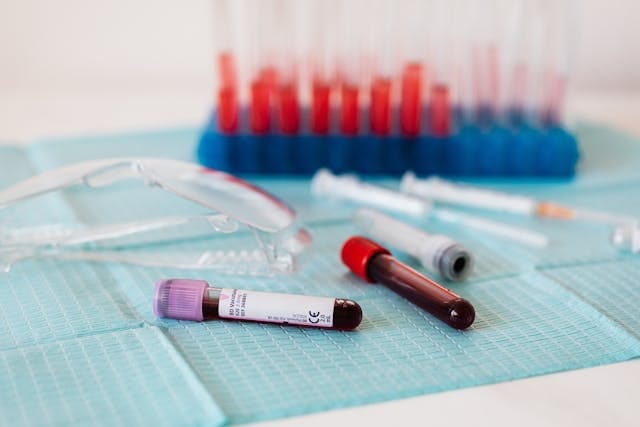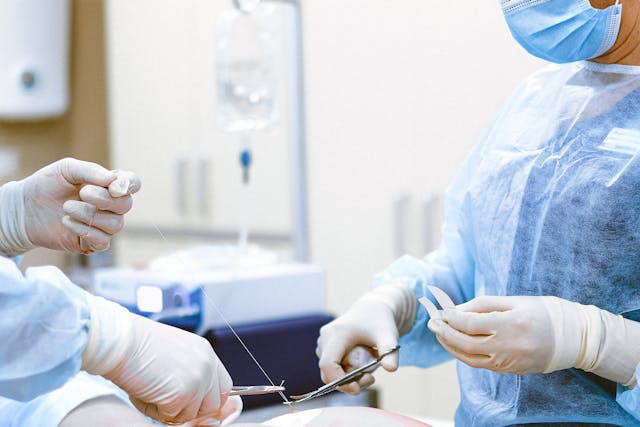
What are the Female Gallstones Symptoms & Female Treatment Options
Time to read 3 min
Time to read 3 min
There aren't specific symptoms that are more likely to occur in women, and many women can get silent gallstones that don't stop the functioning of the gallbladder, liver, and pancreas. The best course of action is to opt for comprehensive testing as soon as you start experiencing the main symptoms.
Gallstones may be more common in women, but the diagnosis and treatment for them is similar to men. You would need CT scans, ultrasounds, ERCPs, and other tests to check the presence, type, and dimensions of the gallstones
Women may also be at a higher risk of gallstones if they have diabetes, have issues with proper gallbladder functioning during pregnancy, rapid weight loss, and have been on birth control pills. These risk factors may indicate an increase the chances of having gallstones.
Some of the most common symptoms of a gallstone can be detected through a physical examination and reviewing the core signs of the condition. You can experience a range of symptoms that are related to gallstones, which can rise in severity causing discomfort and pain.
You can experience abdominal pain when you have gallstones, which can also add pressure to other parts of the body. The pain can be localized to the abdominal region, and feel like sharp pains in the stomach.
The upper back region may also feel cramped, along with sharp pains that are unexplainable to other causes. You can also experience pain in other parts of the body, causing distress in other organs that may experience issues.
You can experience nausea and a vomiting sensation, which may require medication to alleviate. You can experience this issue right after meals or during several times a day.
The skin can appear yellowish, indicating a jaundice type of colouration. This can be related to issues with gallbladder functioning, such as due to gallstones in some cases.
The stool can appear clay-like with a different greyish type of colour. This can be one of the signs that are related to issues with proper bile removal and gallbladder functioning.
In the event that you have gallstones in your system, a range of tests will have to be performed. Using a range of scanning tests, your gallbladder can be analysed completely. If you have stones in the gallbladder, then the treatment for gallstones can also be charted based on the dimensions and presence of the stones.
An ultrasound test can detect the presence of the gallstones in the system through imaging scans. The gallstones can be located using the method enabling doctors to provide the necessary treatment.
A CT scan can also help identify the gallstones present in the body. The computerized tomography test can provide doctors with visual information regarding infections or blockages of the gallbladder and bile ducts.
The composition of the gallstones can be identified with the FTIR test. It can help doctors understand exactly what type of gallstones are present prior to providing treatment and care.
Any complications resulting from gallstones, such as jaundice and infections, can be detected through the blood tests. Doctors can prescribe medication based on the type of complication present.
Based on the gallstones symptoms female treatment is recommended by specialists. Through the analysis of HIDA, endoscopic retrograde cholangiopancreatography ERCP, and other tests, the common bile duct, the gallbladder, and other organs are analysed.
Your doctor may recommend the right treatment method based on what they can diagnose from your tests.
The gallstones are removed from the gallbladder using laparoscopy, which is minimally invasive and has a shorter recovery period. Your doctors can recommend this treatment method if the stones can be removed using minimally invasive techniques.
Medication can also be given to dissolve the stones, based on their dimensions and composition. Doctors may also recommend lithotripsy to dissolve stones using sound waves that can help reduce their size.
If there is significant pain and your doctors have recommended surgery, then the complete removal of the gallbladder may be the option left. You can continue living normally after the removal of the organ, and focus on post-operation care to ensure timely recovery.
* * Medical Disclaimer - The following information is for educational purposes only. No information provided on this website, including text, graphic, and images, are intended as substitutes for professional medical advice. Please consult with your doctor about specific medical advice pertaining to your condition(s).

